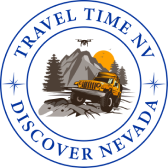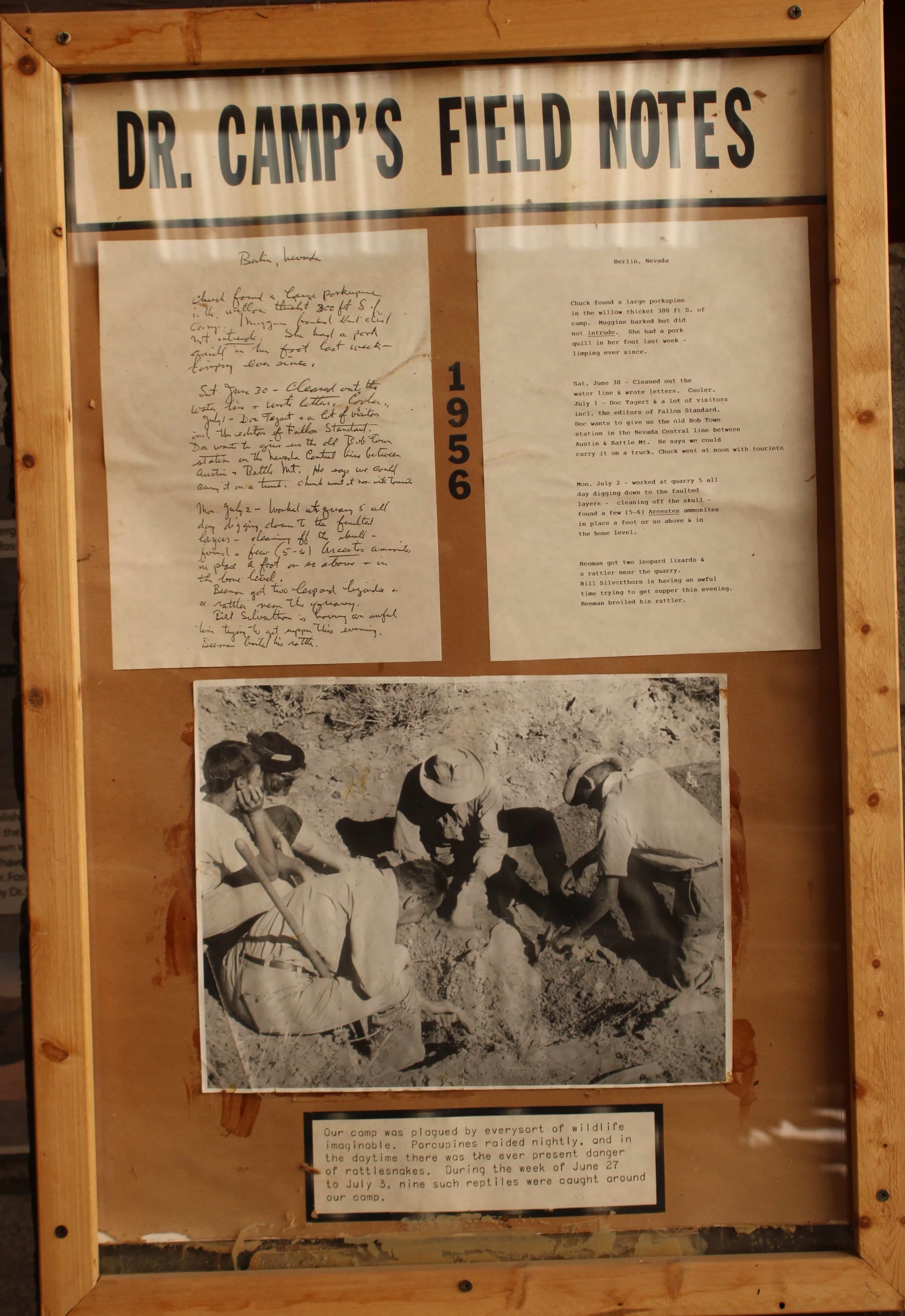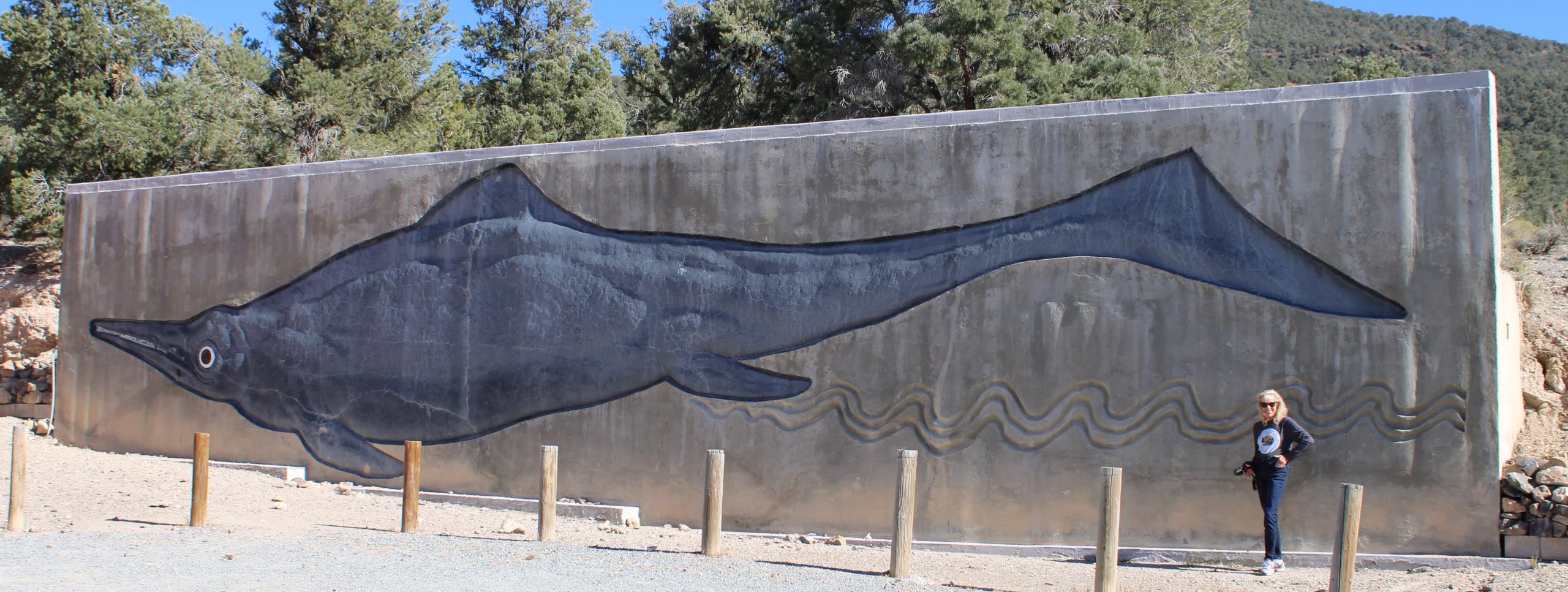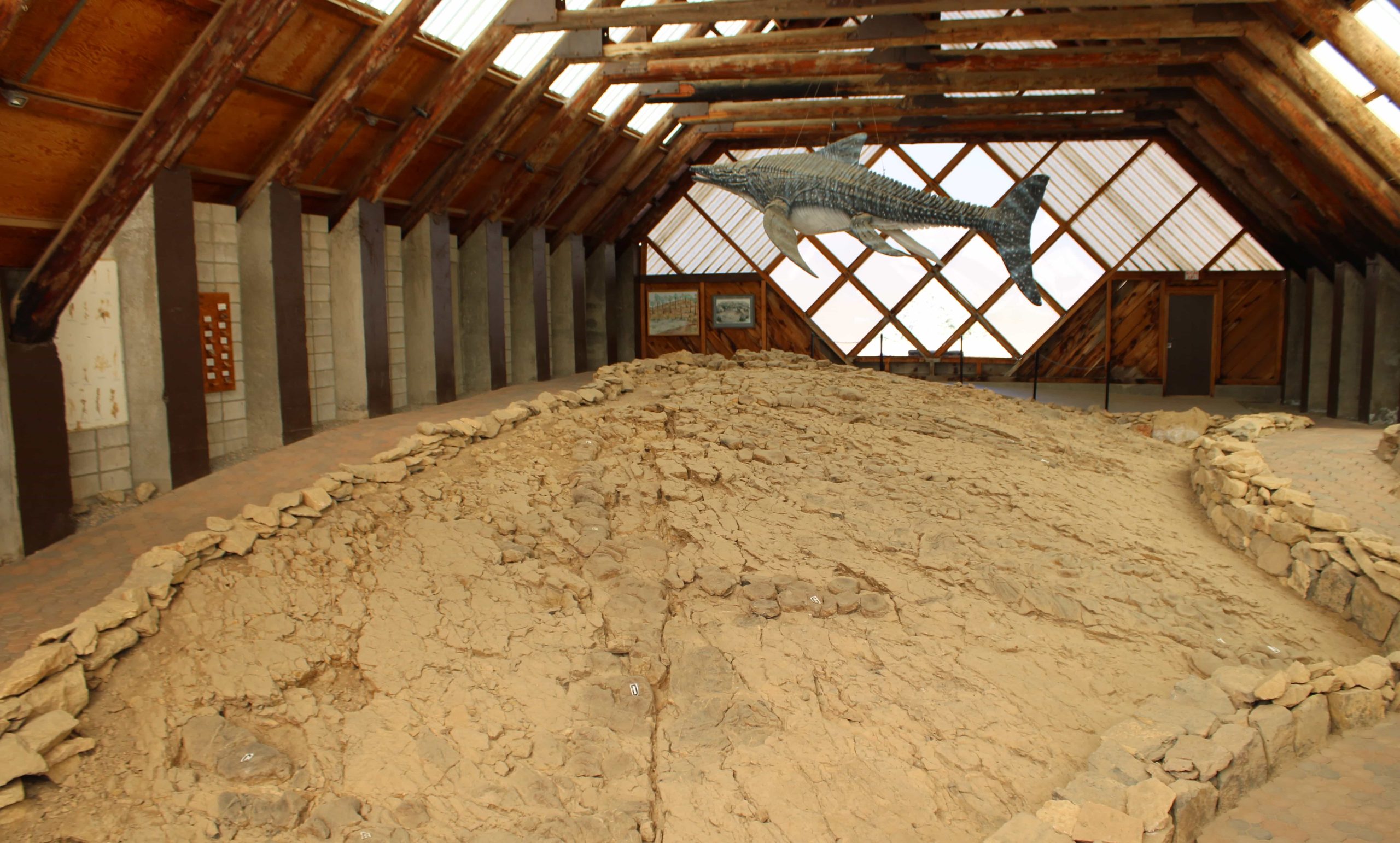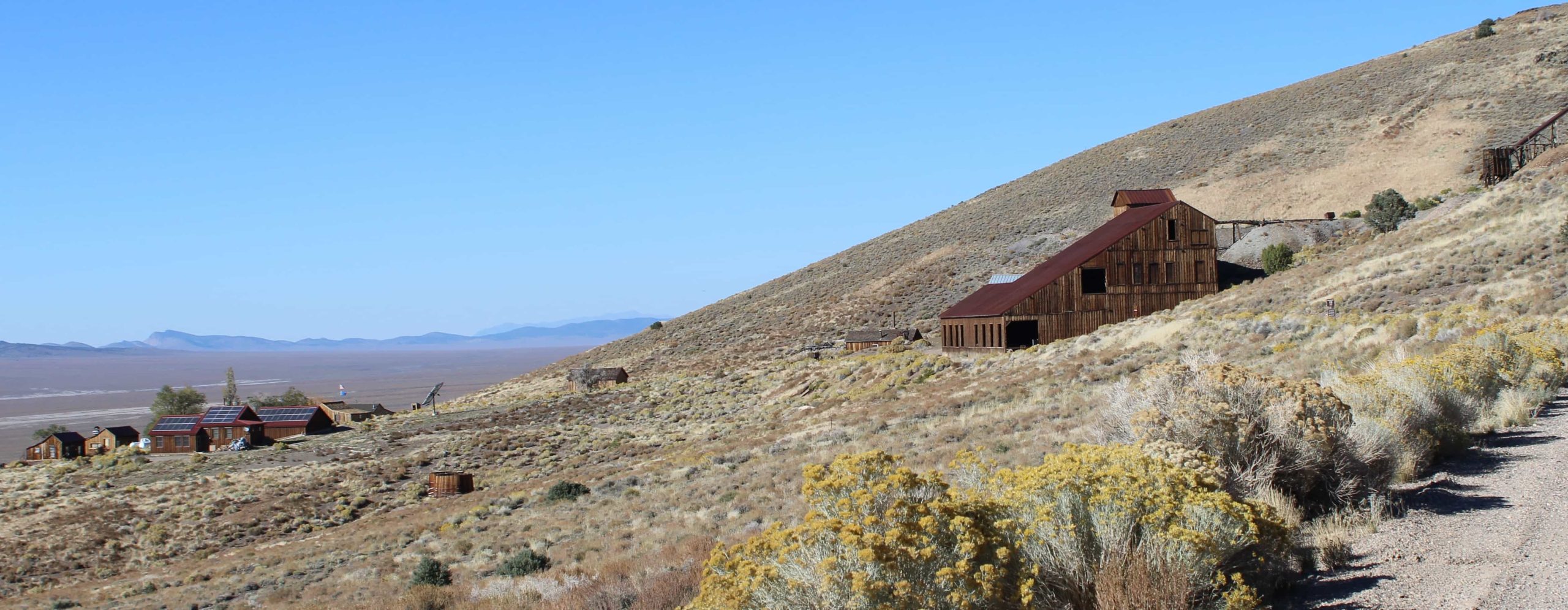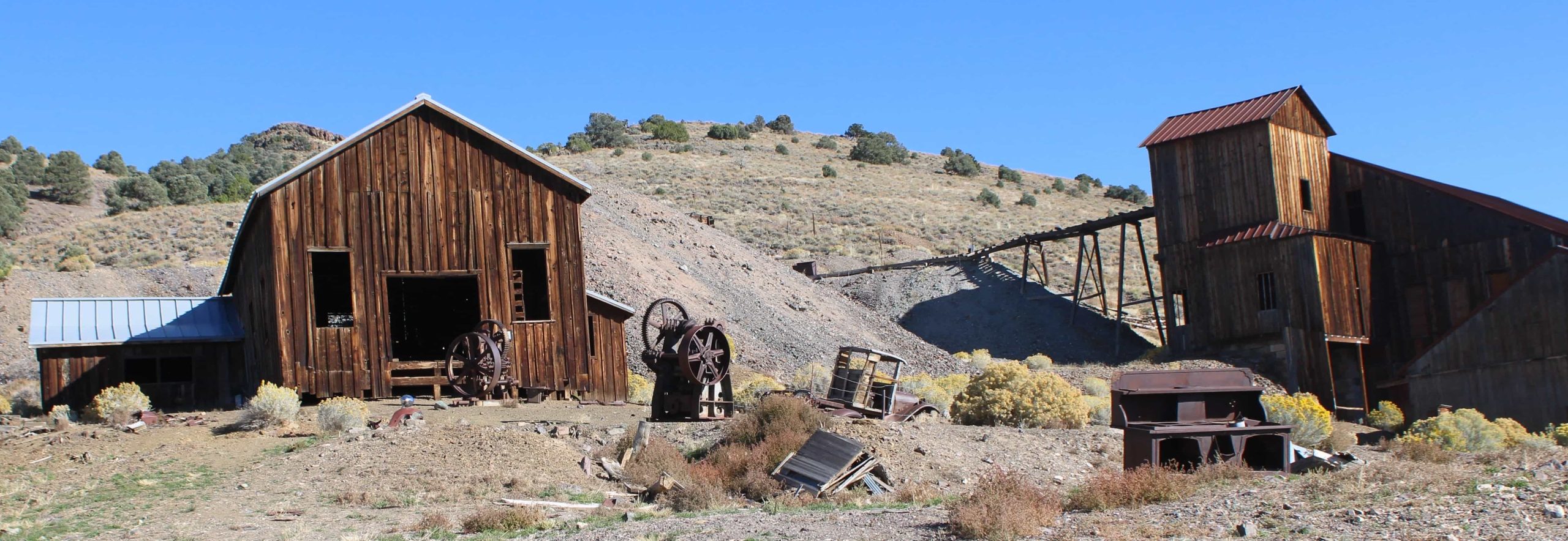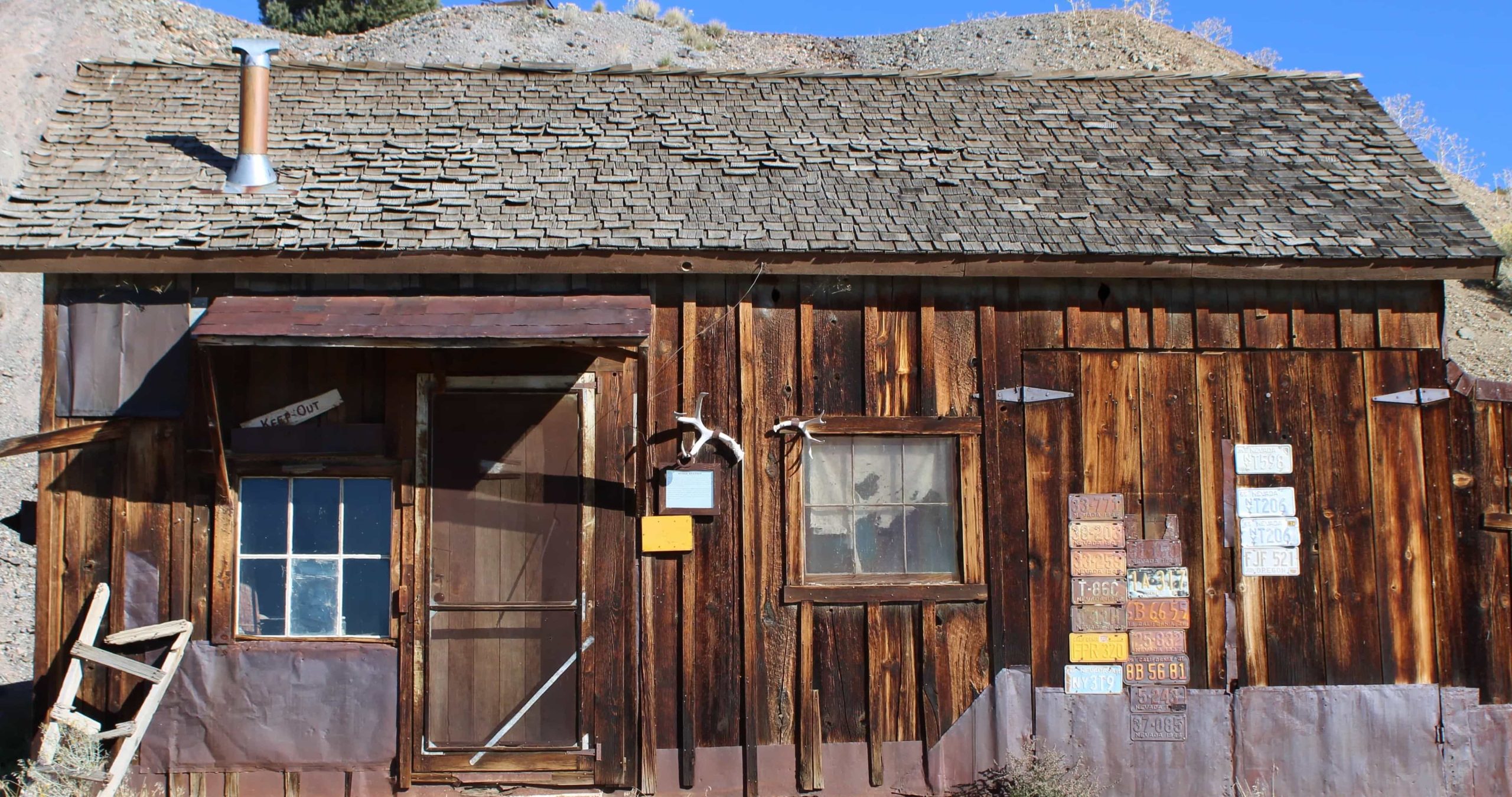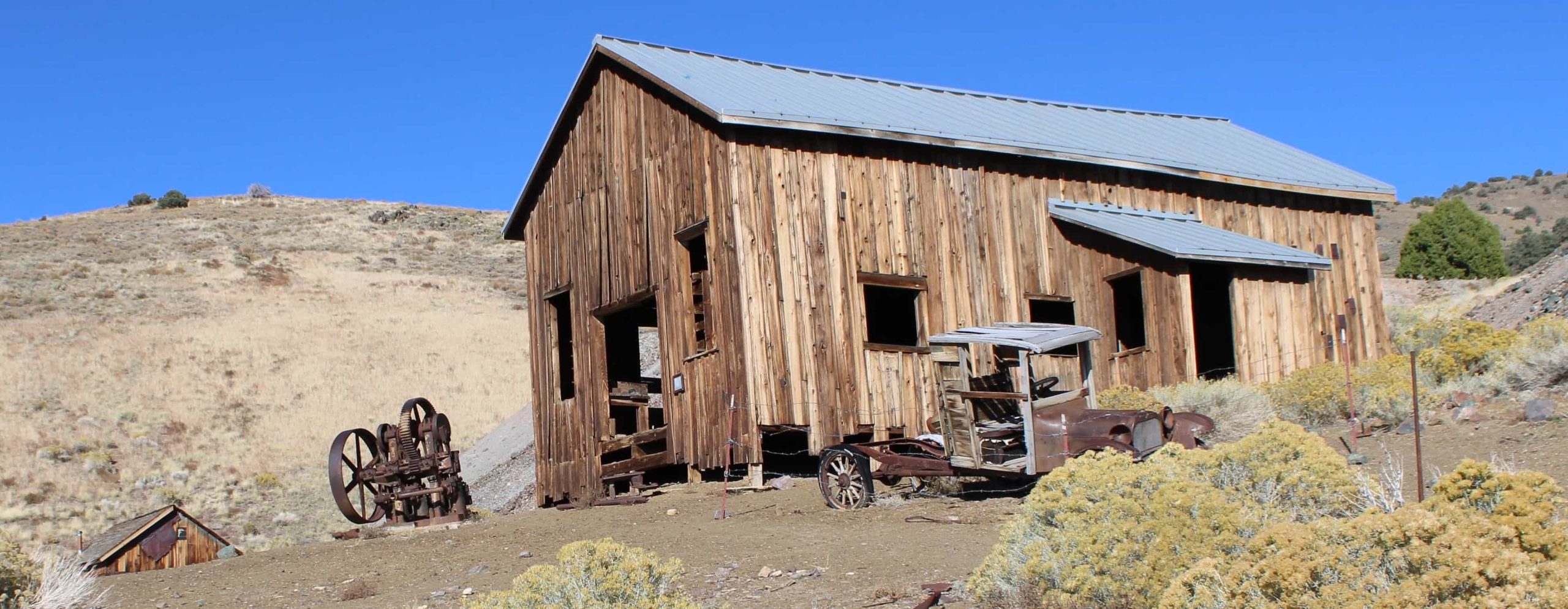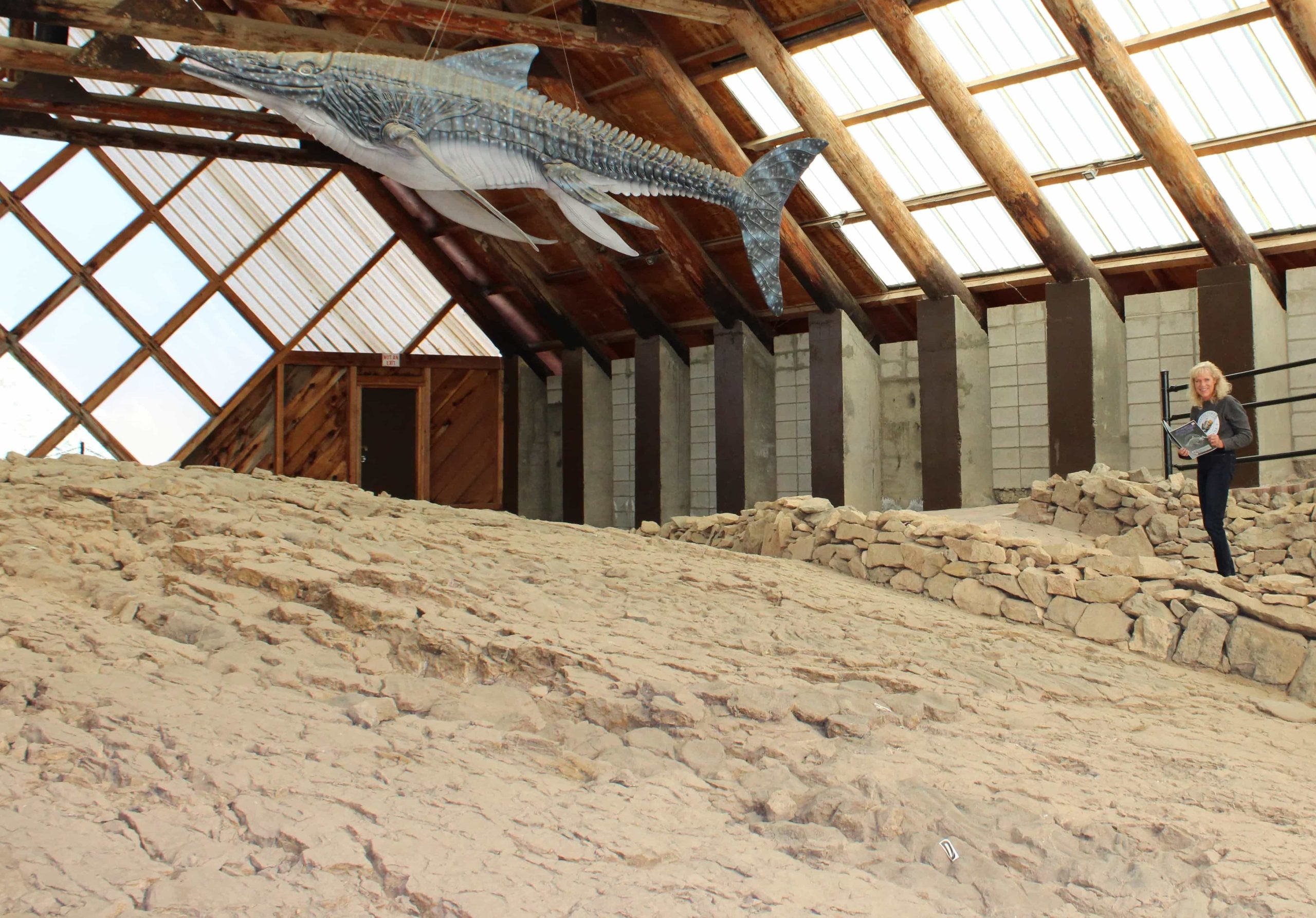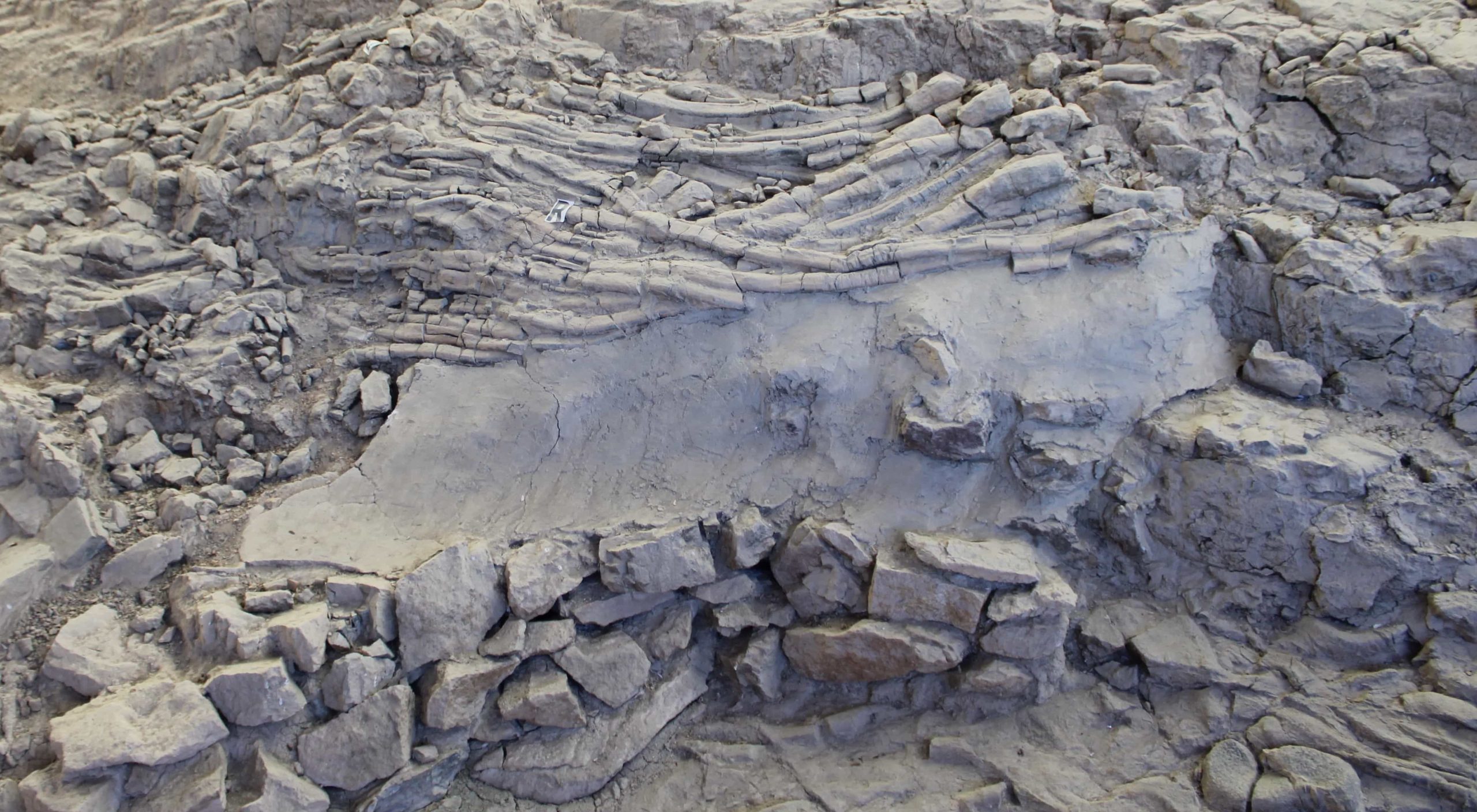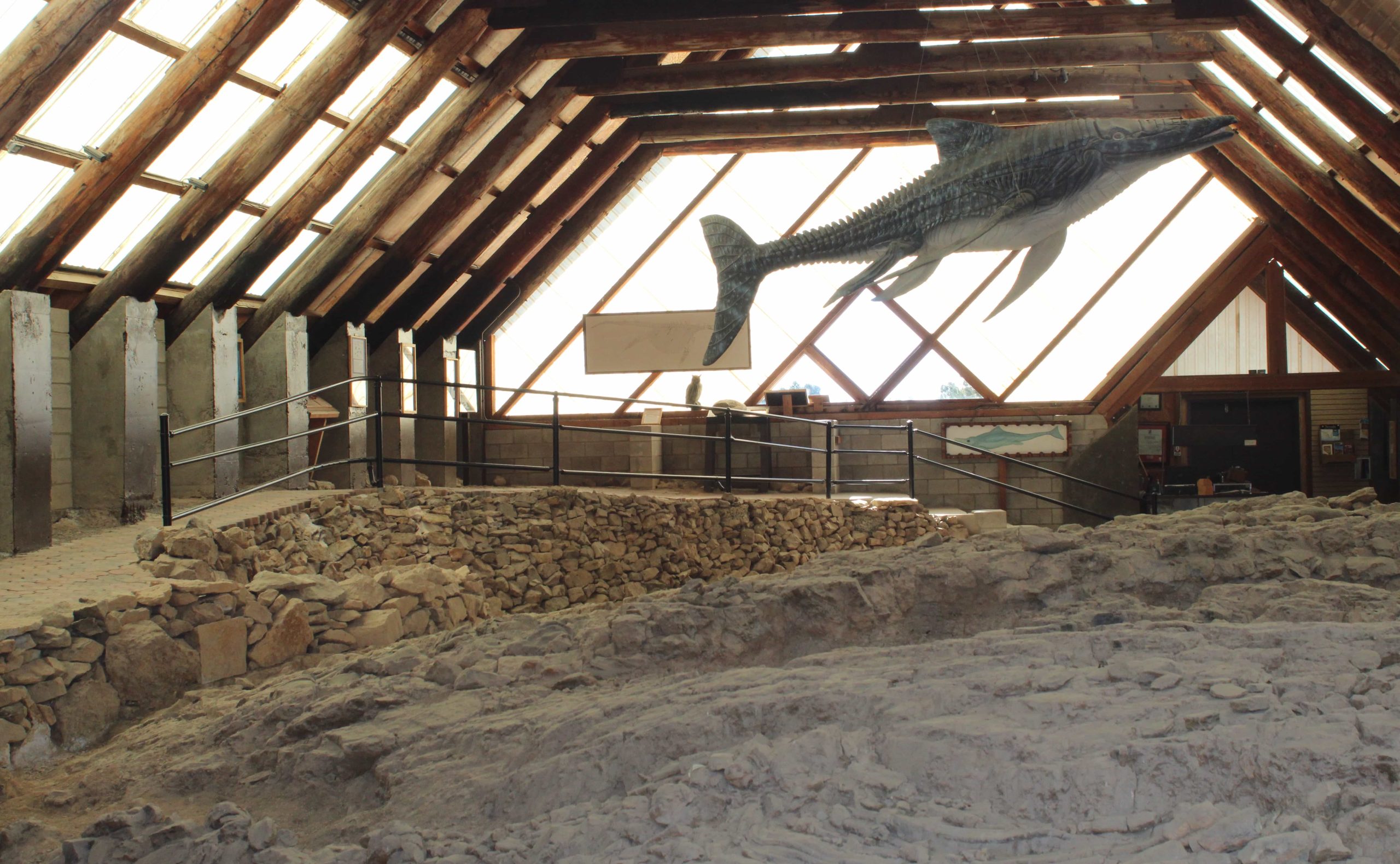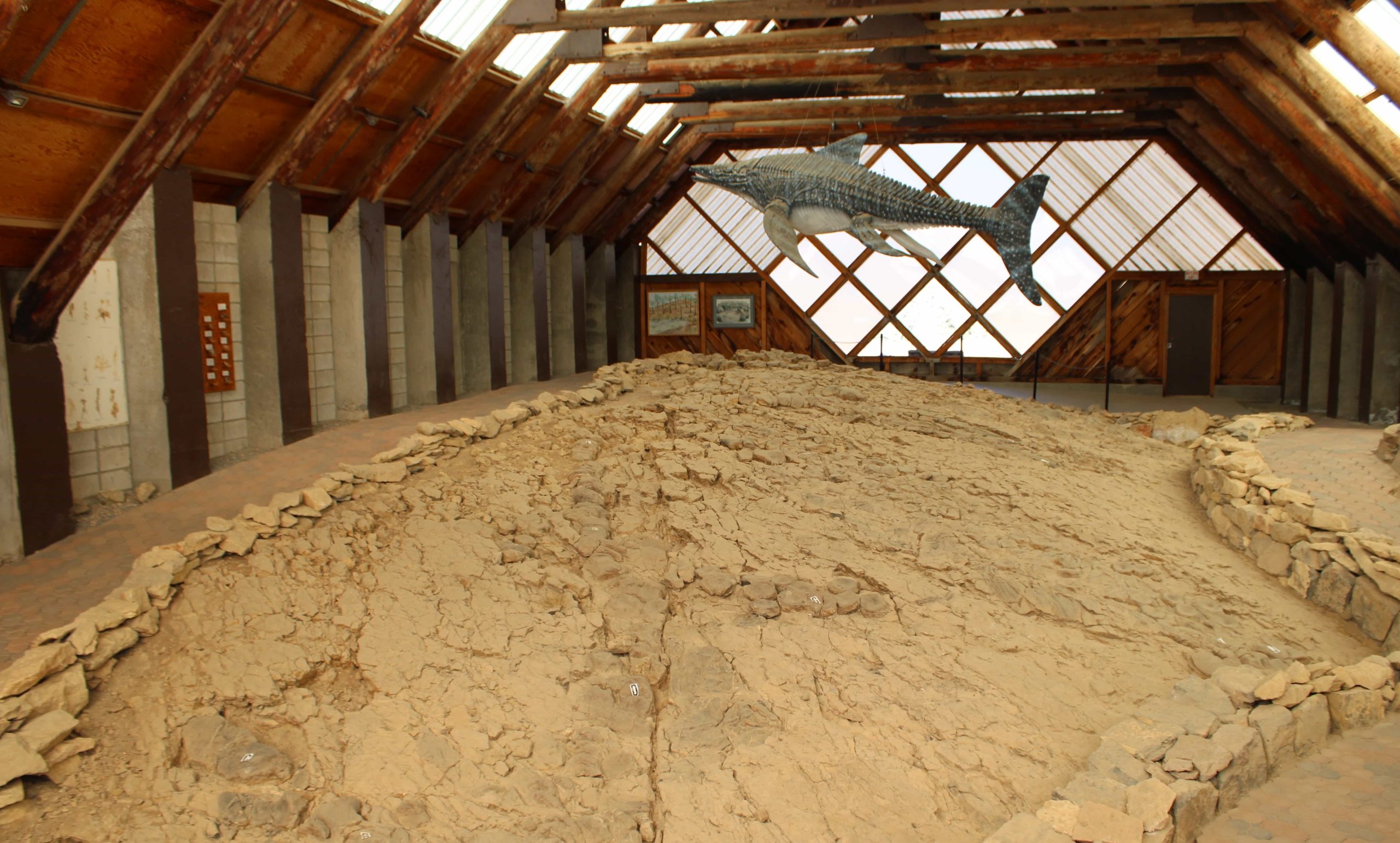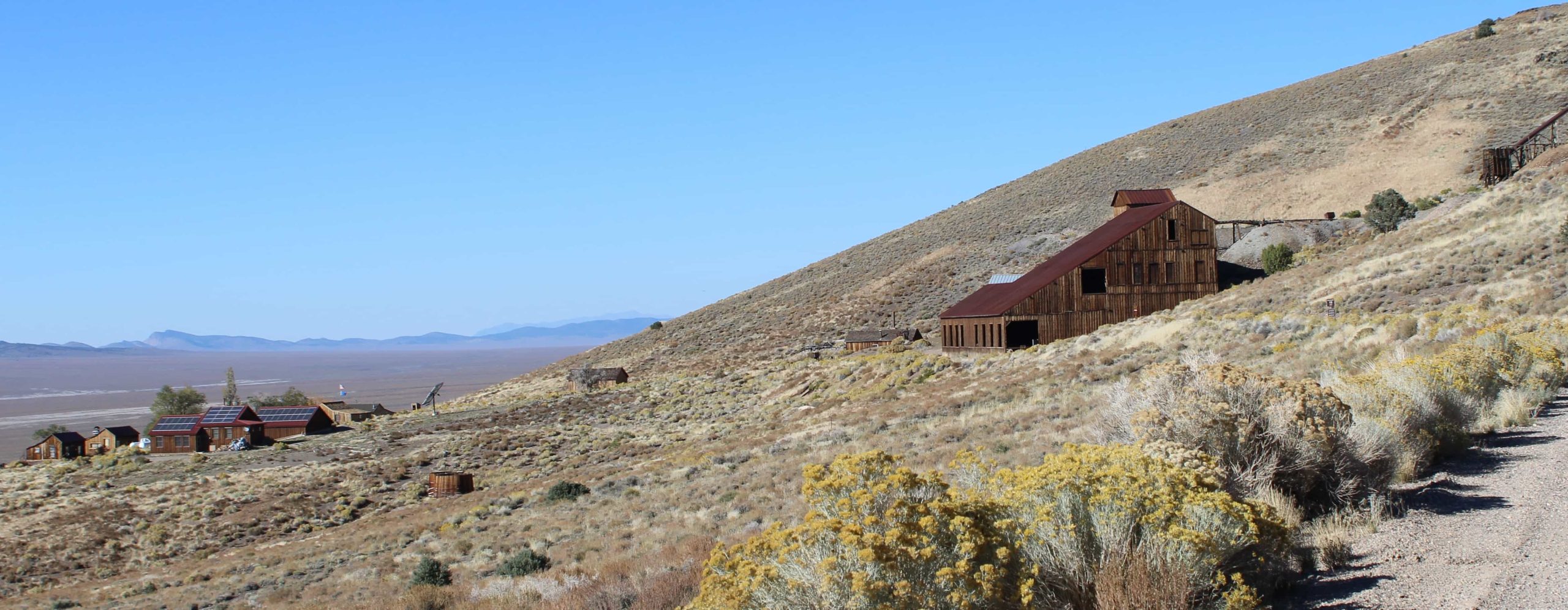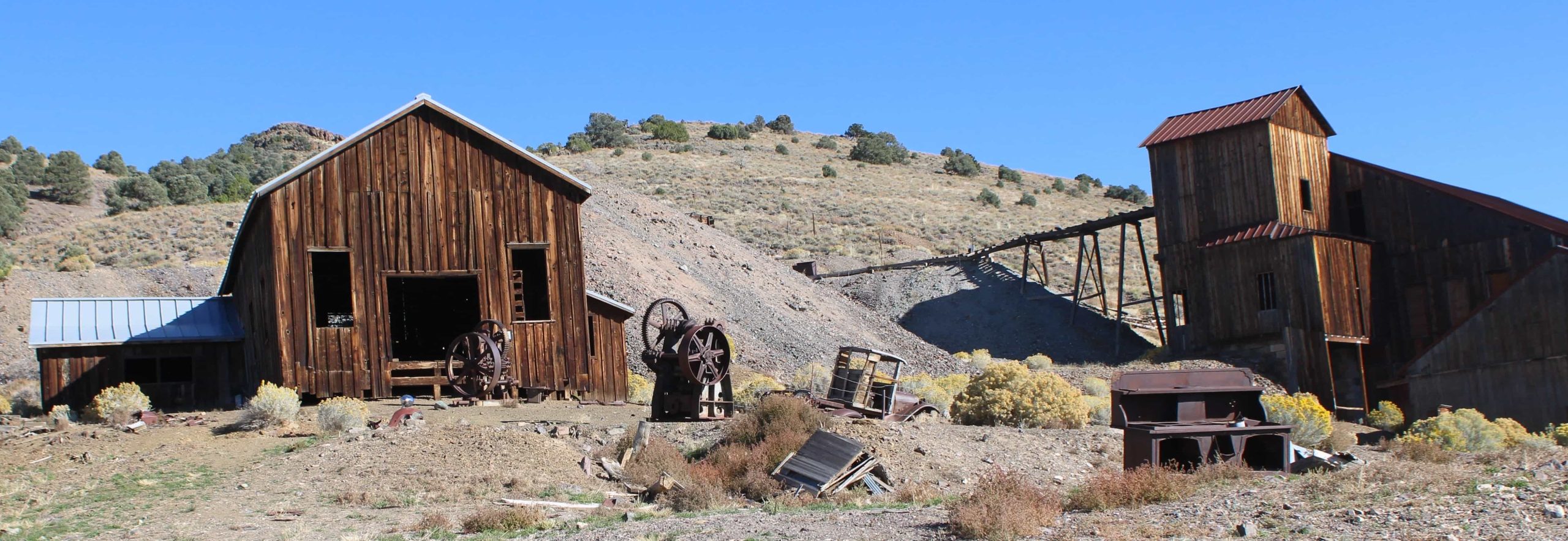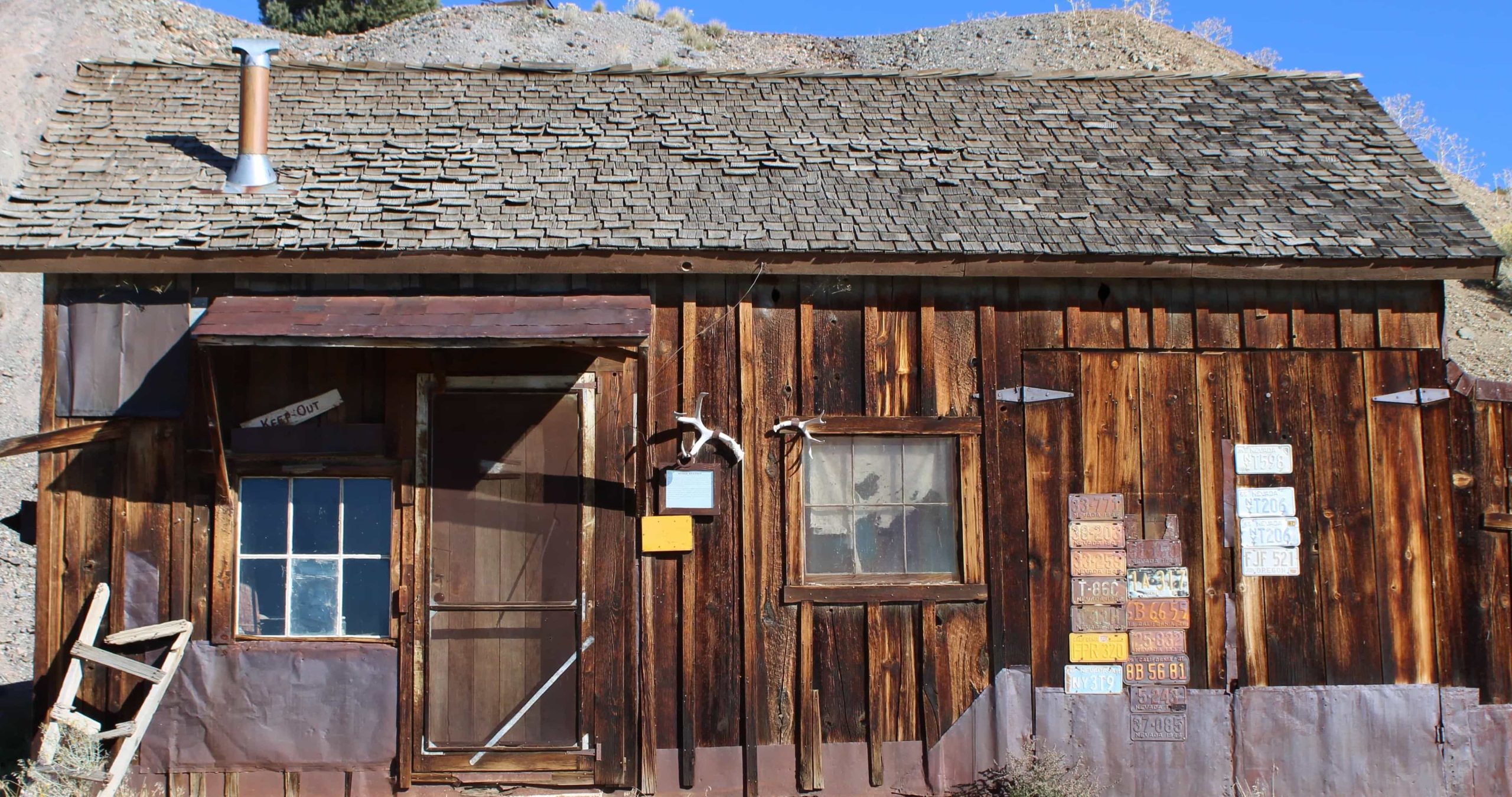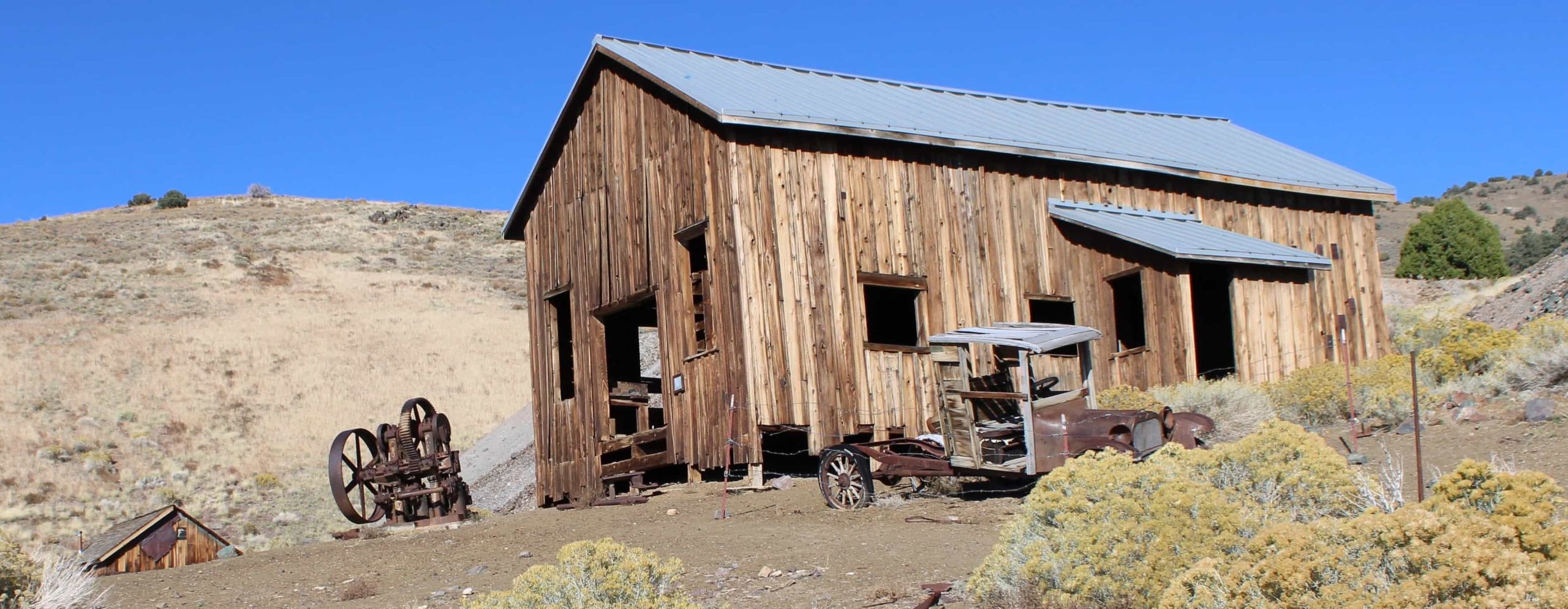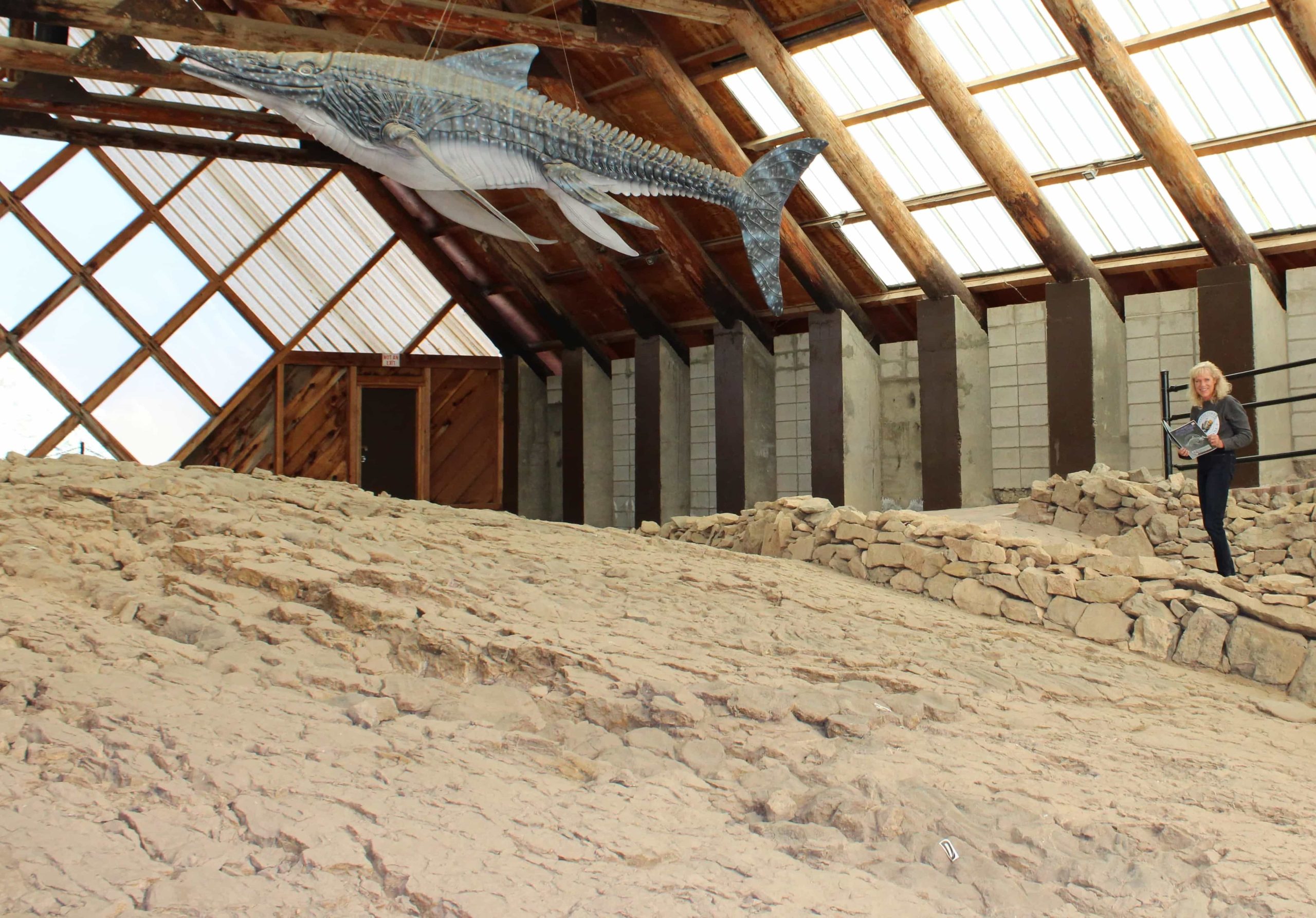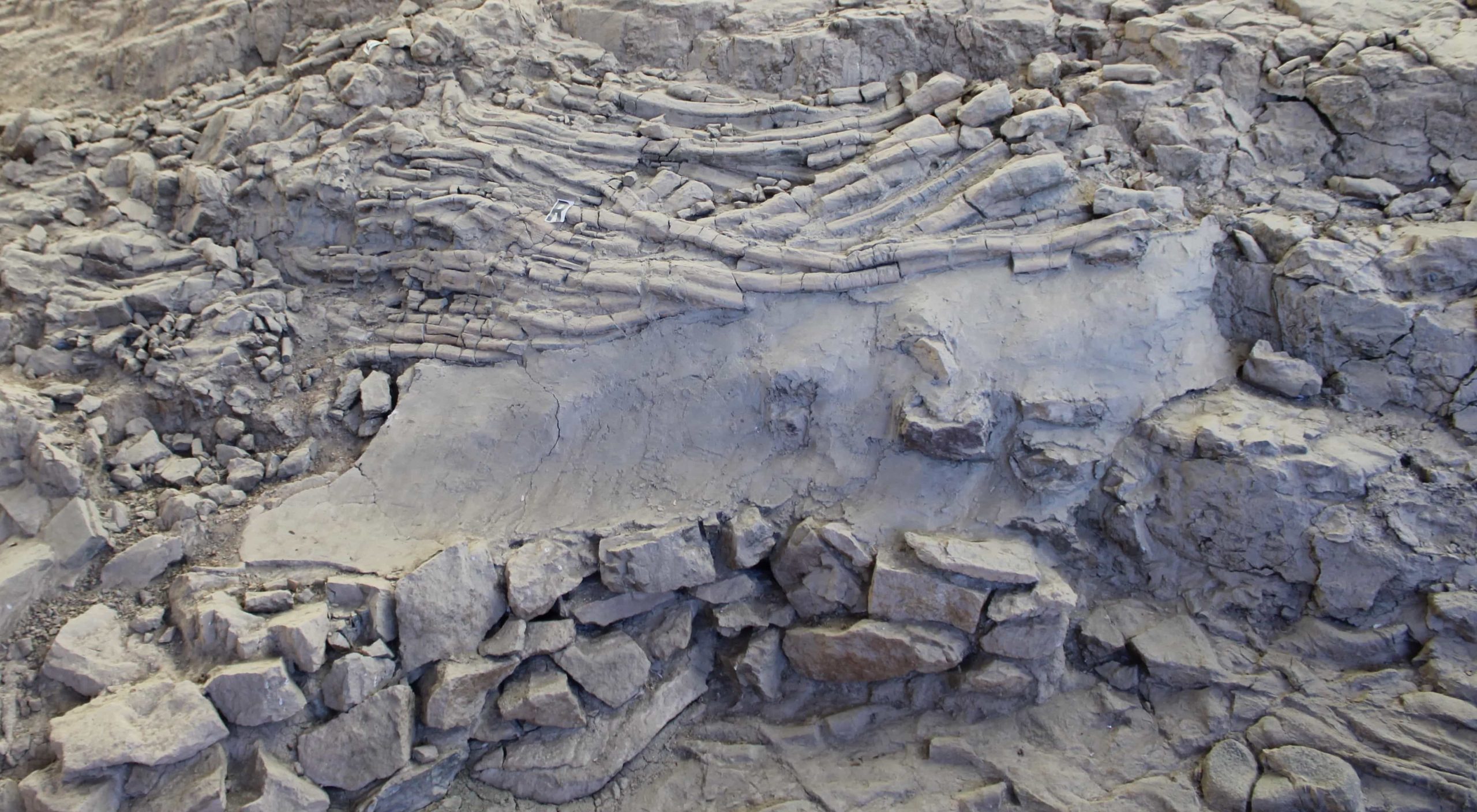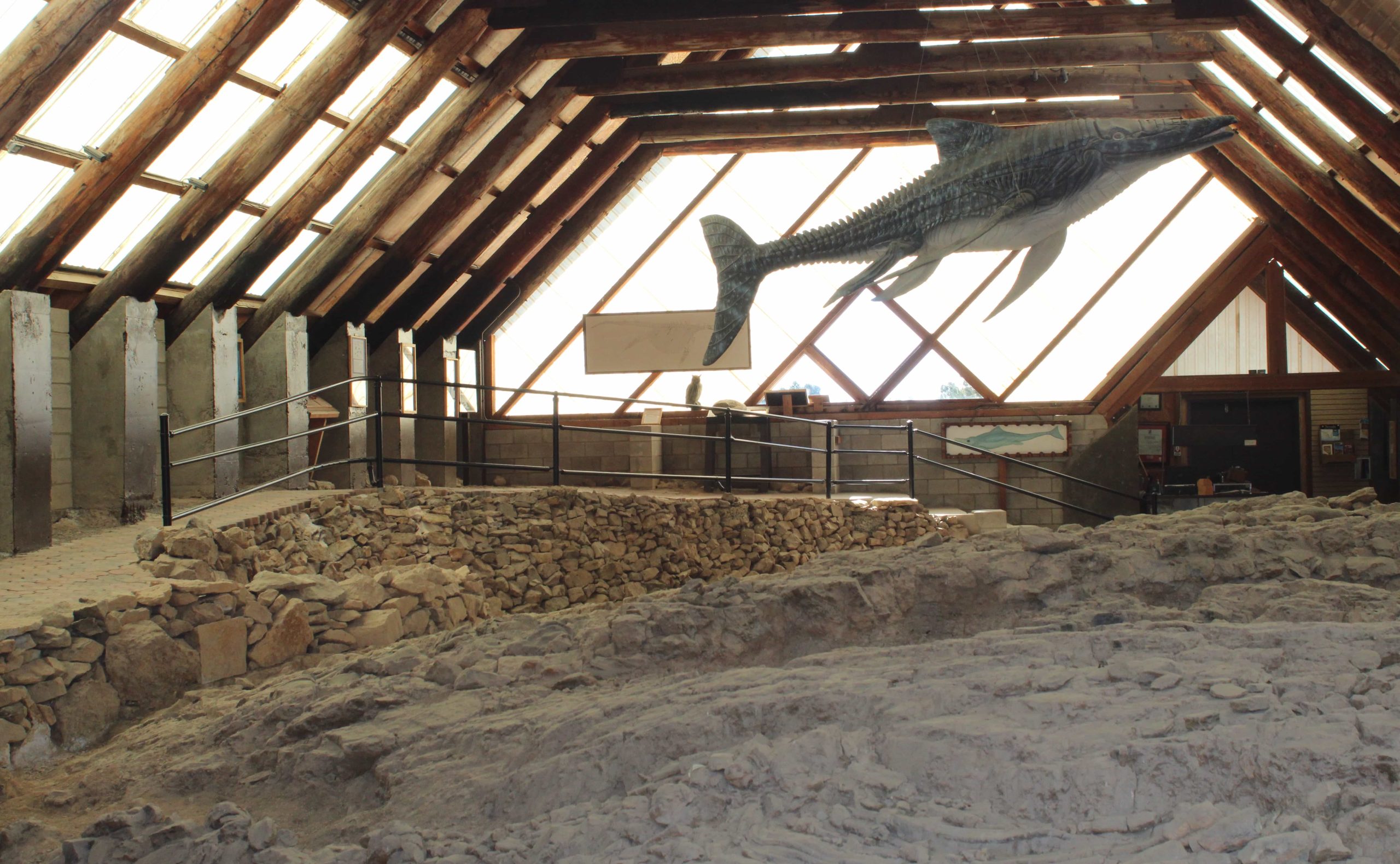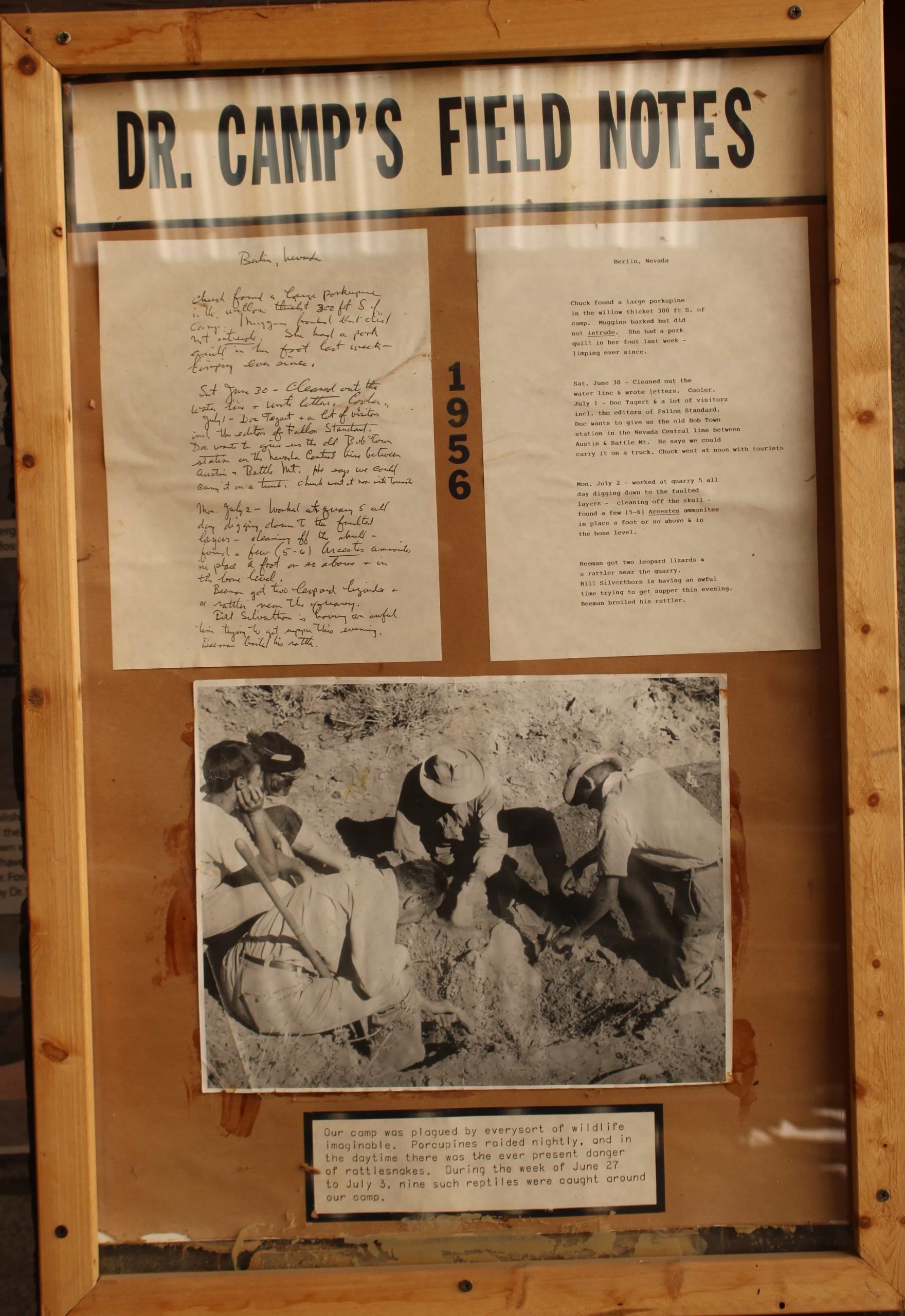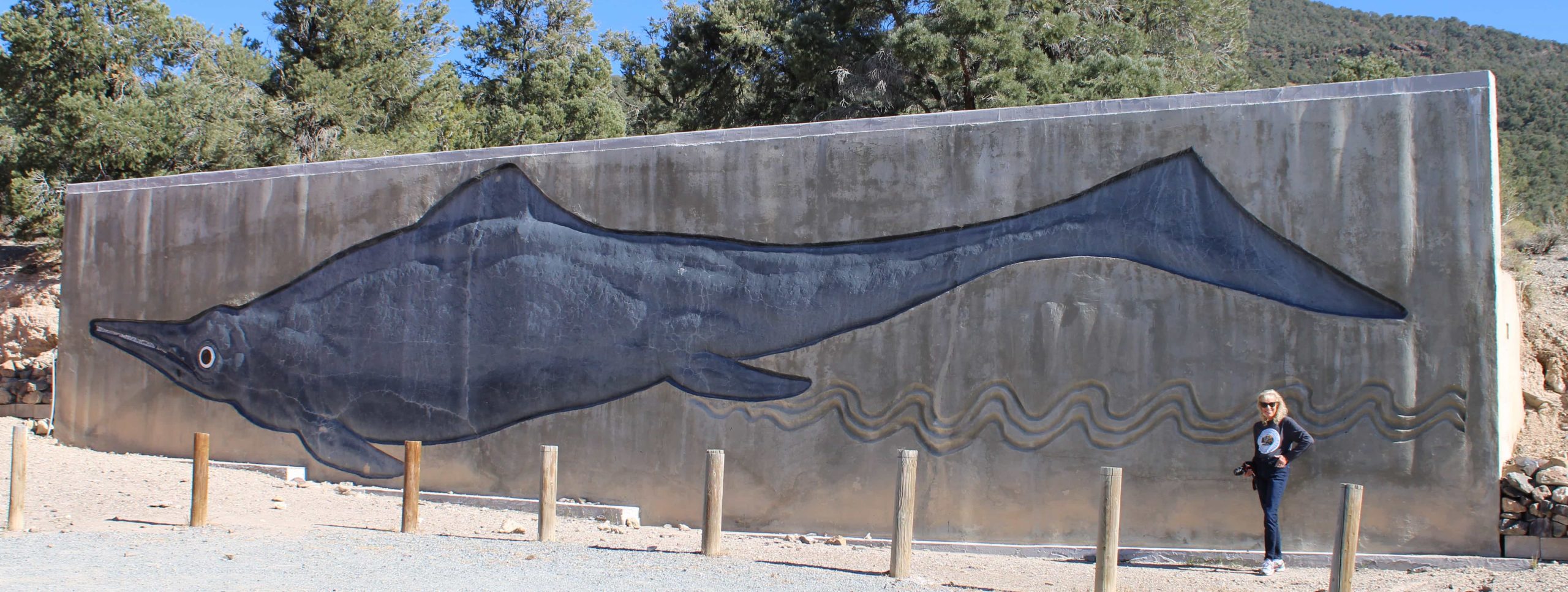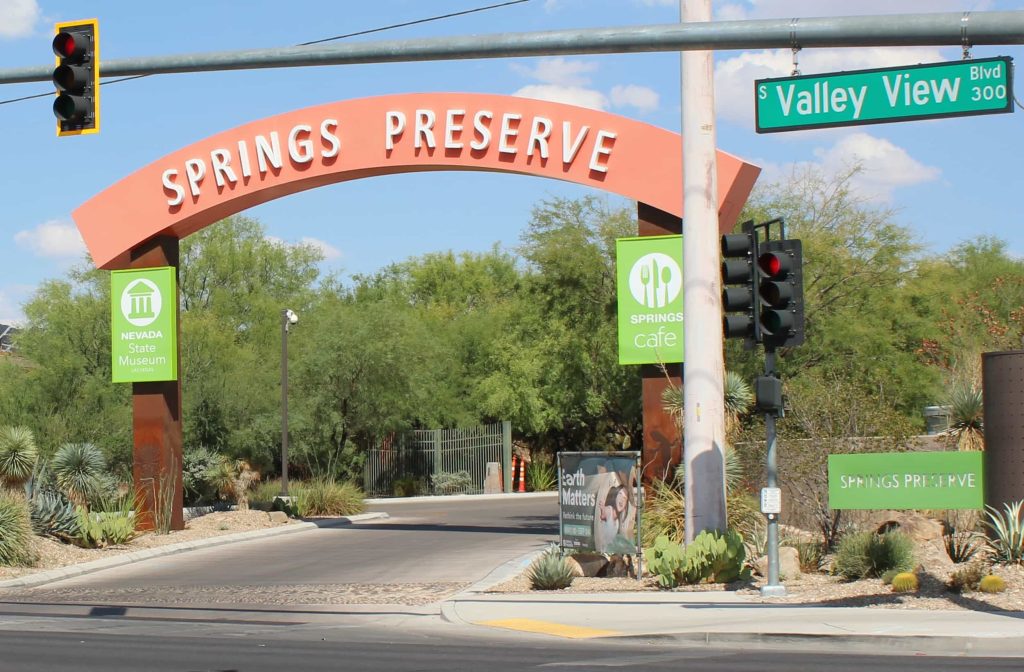Berlin Ichthyosaur State Park
Austin
About
Fossils Found In Ghost Town
A trip to the ghost town of Berlin will take you back in time to the mining camp life at the turn of the 20th century. Its historic structures and cabins display various period artifacts and effects.
Although this part of the well-preserved park (and Ghost Town) is fascinating, the highlight is the Ichthyosaur State Park quarry exhibit. The Ichthyosaur bones have been excavated and the fossils left in place leaving the remains exactly as they were laid down nearly 220 million years ago. Visitors can take the scenic drive to the top of the hill where they will find the Fossil house.
The first thing you will see is a large concrete wall with a life-size representation of the Ichthyosaur. There are possibly ten of this size entombed in this quarry. Although they are found nearly globally in the fossil record, the specimens in this quarry are by far the best and largest known to date.
There is a scheduled ranger program where you can enter the Fossil House and receive an informative lecture explaining the lettered vertebrae while viewing the remains closeup. The tours are at 10:00am and 2:00pm. Plus, there are many informative placards on the walls and a gift shop including a bound Fossil Shelter Guide. Be sure to schedule a tour ahead of time and confirm the park is open. Due to weather conditions, the Fossil House is most often available between mid-April to late October.
If you cannot make a scheduled tour, you can still peer through the windows in the front and back of the building and learn a lot about the creature.
You can make a reservation online: https://parks.nv.gov/parks/berlin-ichthyosaur or
call : 775-964-2440
The park fee is $5.00 per vehicle and $10 for non-Nevada vehicles. Be sure to pick up the fee envelope first before depositing your fee in the drop box.
Camping is available (limit 14-days)
$15 per vehicle per night or $20 for non-Nevada vehicles
There are also 14 well-spaced units for RVs.
Words cannot describe this phenomenal park; this is once in a lifetime experience to see the remains of an Ichthyosaur… if you’re a dinosaur enthusiast or merely have an interest and appreciation for amazing history!
For more information, visit bisp@parks.nv.gov or call 775-964-2440
DIRECTIONS
Off of Hwy 316, take Hwy 844 at Gabbs. This route is paved highway for 21 miles, until you approach Berlin when it turns to dirt road.
If you’re coming from Tonopah, and are adventurous, you can take a short cut and save a lot of time! We recommend 4-wheel drive vehicle. Heading out of Tonopah on the Hwy 95 headed west, after 5 miles, take a right on Poleline road.
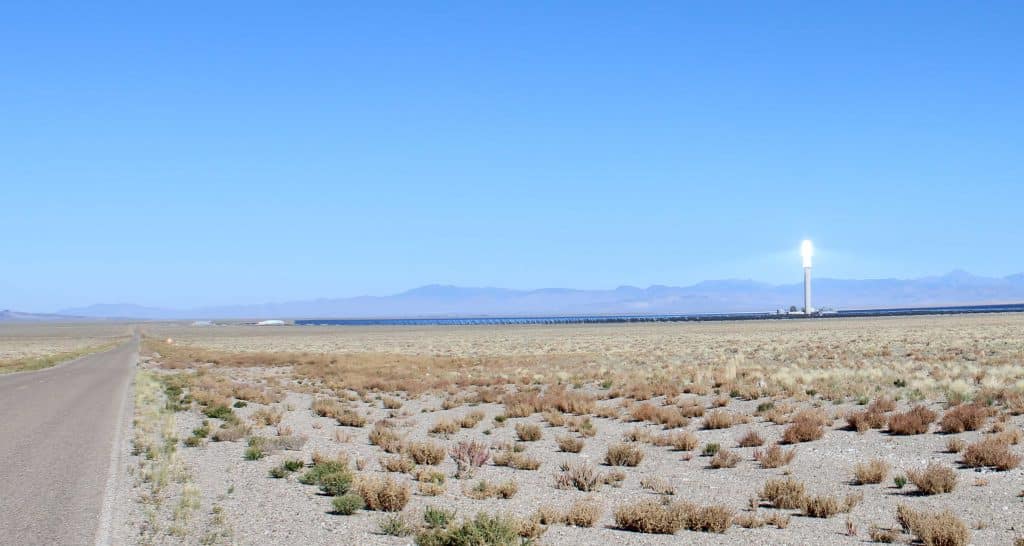
Once you go past the Crescent Dunes Solar Energy plant, stay on Poleline road, but veer to the left staying on Poleline road.
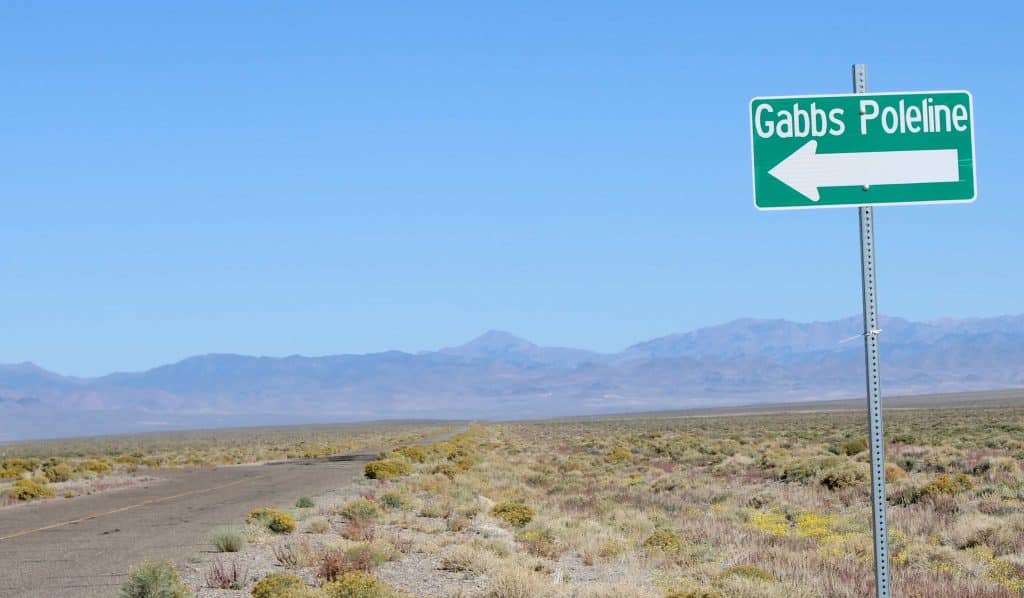
After 49 miles, go right on Nevada Hwy 361 for 6 miles, then go right on Nevada Hwy 844 and you will dead-end at the Berlin site. If you choose this route, use a map – DO NOT USE GOOGLE MAPS (otherwise, you will end up in the wilds of Nevada).
This drive is exciting… you have a chance to spot all types of wildlife including antelope. This route takes approximately 4 hours from Tonopah. The alternate route out of Tonopah up to Gabbs and over to Berlin takes approximately 6 hours.

TRAVEL TIPS
Schedule this trip well in advance! Make sure the park is open and make a reservation for the tour.
Bring plenty of water and snacks.
Binoculars and cameras are a must – make sure your batteries are charged.
Bring layered clothing; the weather can change very quickly.
HISTORY
The town of Berlin sprang up in 1896 when substantial gold veins were discovered nearby and the Berlin mine produced 42,000 troy ounces of gold. The mine became unprofitable in 1911 and the town became uninhabited shortly after.
Around 1928, geologist Dr. Simon Muller at Stanford University discovered the invertebrate among Mesozoic rocks in Berlin. It was not until the information was passed along to Dr. Charles Camp at UC Berkeley in 1953, that research and excavation began. The Ichthyosaur State Paleontological Monument was established in 1957.
The fossilized creatures of the Berlin- Ichthyosaur State Park lived during the Triassic, the beginning of the Mesozoic Era. During the Triassic Period, all of the continents were structured together into a single supercontinent called Pangea. The area that is now Nevada lay near the equator of the submerged western edge of Pangea.
Their name means fish lizard… Greek words “ichthy” for fish and “sauros” for lizard. They range in size from 2 feet long to over 50 feet. The Ichthyosaur in this park, the Shonisaurus, had amazingly large eyes, about 12 inches in diameter.
If you’re interested in fossils and/or dinosaurs, this park is a must see no matter what part of the world you are from!
